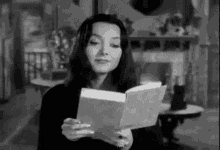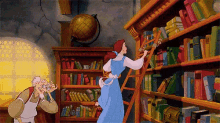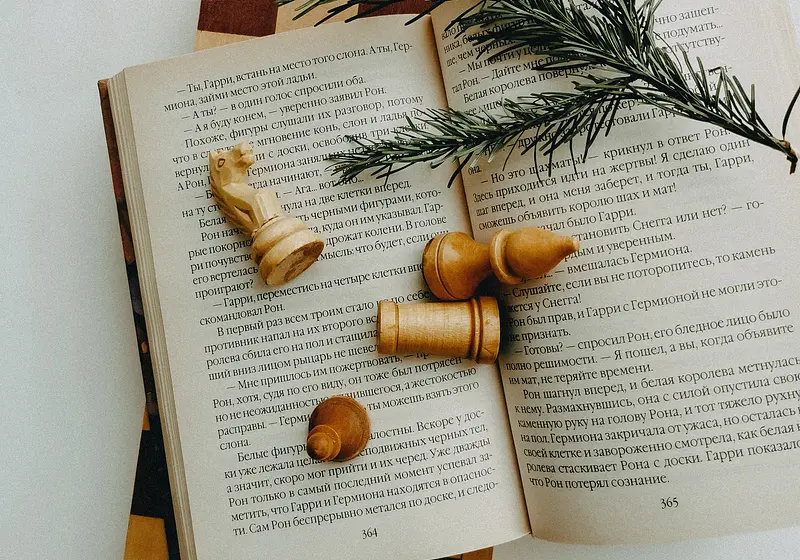I would venture to guess that Anon, who wrote so many poems without signing them, was often a woman.
This is a quote taken from A Room of One’s Own which was written by Virginia Woolf in the 20th century. With this Woolf is highlighting the prejudice that women experienced such as a lack of opportunities for women to write and have their work be acknowledged. At that point women either had to choose between having their work be recognised and remain anonymous or nothing at all. In previous centuries women were constantly facing barriers that limited their recognition.
Today we are free to read and write feminist literature but there is still a lack of widespread recognition towards it. To better understand what it truly is, feminist literature can be defined as any work of literature that supports feminist goals of equal civil, political, economic and social rights for women. Feminist literature isn’t something that only gender studies majors should have to look into, I believe that everyone should have at least read a couple books on it and so here are 3 feminist literature books that I think everyone should read. These work as a good starting point from which you could venture forward into the world of feminist literature.

Image Credit: Lenin Estrada from Unsplash
Let us slide into your dms 🥰
Get notified of top trending articles like this one every week! (we won't spam you)1. The Yellow Wallpaper (1892) by Charlotte Perkins Gilman
But I MUST say what I feel and think in some way — it is such a relief! But the effort is getting to be greater than the relief.
This was actually the first feminist literature book I remember reading and I can confirm that this is a great starting place! It is less than 100 pages and it follows the story of a couple that move into a summer house due to the woman’s worsening health. It is a novella written in the form of a series of diary entries. This short story is narrated solely in the first person and the narrator is never given a name. A very important aspect of this story is women’s role in the 19th century. From the descriptions, it can be seen that the narrator is struggling with her mental health just after giving birth. All the men in her life think that they know what is best for her.
As a result, she is refrained from doing any intellectually stimulating work but she is still expected to do the housework. She is often treated like a small child by her husband — his word is the last. Her writing her diary is a small act of rebellion as her husband doesn’t like her doing so. Her room’s yellow wallpaper is one incredibly powerful use of symbolism which I thoroughly enjoyed and there are tons more like it in the novella.
I won’t spoil too much but the writing and climax are incredibly gripping and the end will stay with you forever.

Take the Quiz: What Candle Scent Matches Your Overall Aesthetic?
Halloween is just around the corner. It's time to light that candle. Take this quiz and find out what candle scent suits you best.
2. Sister Outsider (1982) by Audre Lorde
I have come to believe over and over again that what is most important to me must be spoken, made verbal and shared, even at the risk of having it bruised or misunderstood.
This is a collection of 15 speeches and essays written by Audre Lorde. Lorde explores the intersection of all of her identities: Black woman, lesbian, poet, activist, mother, feminist writer and cancer survivor. This collection is one of Lorde’s most influential non-fiction works of prose and has had a significant impact on the development of contemporary feminist theories. With this book, her main goal was to heighten the visibility of marginalised groups, secure their place in society and strengthen solidarity between members of different communities.
What I like is that Lorde isn’t afraid to express her anger towards sexism, racism and homophobia. This is an incredibly important read due to the fact that it helps us understand the need for more intersectionality and to acknowledge that every woman's experience isn’t universal.
If you care about feminism, social justice or just making the world a better place — this is a must read!
3. A Room of One’s Own (1929) by Virginia Woolf
Lock up your libraries if you like; but there is no gate, no lock, no bolt that you can set upon the freedom of my mind.
A Room of One’s Own is Virginia Woolf’s most powerful feminist essay. This is due to the fact that it justifies the need for women to possess independence and freedom – in all forms of those words. Woolf is a writer who is known for her flowy prose and this is no exception. When she reflects on the evolution of literature, she is not afraid to mention that men have produced countless amounts of works of art rather than women. She isn’t afraid to ask the hard hitting questions like, for example, “Why is that so?” She analyses historical traditional gender roles and shows off the fact that men have the advantages of education, money and space. Woolf insists that women should be given the same freedom in order for them to have the ability to develop their own strengths.
Although this is an essay that was written a little less than 100 years ago – it still remains incredibly relevant to this day. This book can act as not only entertainment, but also as a way to stir you, teach you and guide you. While reading it, you will be encouraged to think about society and women’s role in it.
Although I am unable to articulate Virginia Woolf’s thoughts and ideas as beautifully as she does, this is just one more reason to check out A Room of One’s Own.

Image Credit: Miguel Alcântara from Unsplash
Final Thoughts
With this article, I hope to encourage all of you to look into feminist literature as it will give you a deeper understanding of gender, power and identity in literature. One thing that goes without saying is the fact that you don’t have to be a woman in order to read feminist literature. Everyone reading it can ponder and begin to reconsider gender roles. Being a feminist and reading feminist literature is not something exclusive to only one gender.













